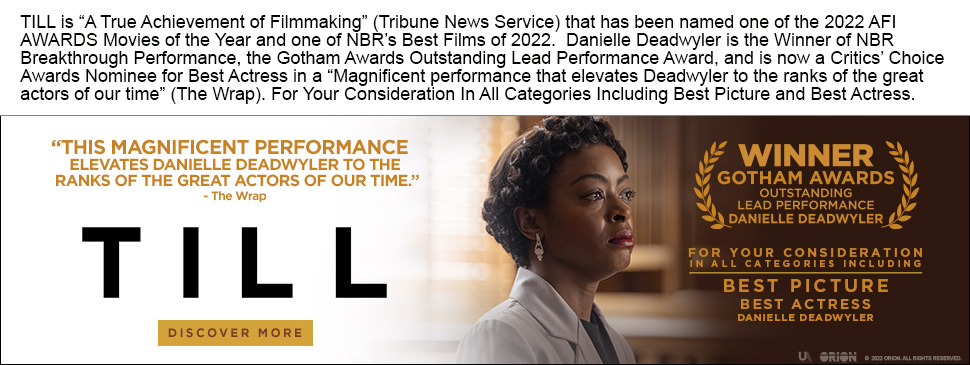THB #283: Is There An Answer To This Mess? (Pt 1)
Hmmmm…
The mess that the filmed entertainment industry is currently mired in is a transition - which became a bunch of transitions - that simply went the wrong way on the macro level. Of course, media and others are endlessly obsessed with micro issues… they are what is immediately in front of us and they can be positioned as having a beginning a middle and an end.
But that is not the most effective way to run a railroad. You have to execute the micro side, but without the big picture macro plan, you’re very likely to fail or at least, linger unpleasantly… which is pretty much where I think we are right now.
I don’t want to do what I am accusing the industry of doing. Every company has not followed the yellow brick road to hell. But the pressures on - and attempts at solutions from - all of them have come from one major landmark… the success of Netflix.
Netflix led to the way to a non-exclusive, but clearly future-leaning dominant delivery system for home entertainment.
In a way, it wa…
Keep reading with a 7-day free trial
Subscribe to The Hot Button by David Poland to keep reading this post and get 7 days of free access to the full post archives.




